-
How does it feel?
-
What can I use it for?
 Gentian is a primary bitter cooling herb that can be applied for a number of conditions of the digestive system.
Gentian is a primary bitter cooling herb that can be applied for a number of conditions of the digestive system.Gentian is used to treat dyspepsia, and the discomfort or abdominal pain that comes with it. Symptoms often associated with dyspepsia can be pain or burning sensations and bloating and nausea after eating, although in some people the symptoms may be relieved by eating or may occur unrelated to eating patterns.
As a digestive tonic gentian is also used to help improve appetite. This application is referenced in the British Herbal Pharmacopoeia as a primary herb for those suffering with anorexia as it supports the function of the digestive tract (1).
Gentian is a herb that enhances digestive function and the assimilation of dietary nutrients. It would be well applied to support through convalescence especially where there is inflammation in the digestive tract (2).
Gentian is also a powerful anti-inflammatory (4). It may be useful where inflammations, such as those seen in inflammatory skin conditions, are linked with poor digestive or liver function.
-
Into the heart of gentian
 Gentian is a primary cooling bitter tonic that, like all bitters, stimulates the appetite and digestive function. The compounds present in Gentian are some of the most bitter substances known.
Gentian is a primary cooling bitter tonic that, like all bitters, stimulates the appetite and digestive function. The compounds present in Gentian are some of the most bitter substances known.Energetically, gentian is “cold” (meaning it reduces circulatory and heat-generating activity and enhances digestion and detoxification). It may be taken in combination with “warm” herbs (such as ginger and horseradish) especially where it is being used to treat someone with a cold, debilitated constitution.
Small doses of bitter herbs like Gentian are particularly useful for increasing the appetite in malnourished and debilitated patients. Bitters increase digestive fire, that is where digestive secretions are poor, gentian increases pepsin and stomach acid, enabling more efficient digestive processes. However, excess bitters weaken digestion and dry the system, so must be used with care.
-
Traditional uses
Culpepper writes gentian ‘resists putrefaction, poison and a more sure remedy can be found to prevent the pestilence that it is; strengthens the stomach exceedingly, helps digestion, comforts the heart and preserves against fainting and swooning’.
Culpepper also speaks of this herb for its action to assist a sluggish liver and restoring the appetite.
Gentian was used traditionally by herbalists in Europe externally as a dried root powder to assist with venomous bites and dog bites. It was also used as a vermifuge in cases of parasitic worms.
-
Traditional actions
Herbal actions describe therapeutic changes that occur in the body in response to taking a herb. These actions are used to express how a herb physiologically influences cells, tissues, organs or systems. Clinical observations are traditionally what have defined these actions: an increase in urine output, diuretic; improved wound healing, vulnerary; or a reduction in fever, antipyretic. These descriptors too have become a means to group herbs by their effects on the body — herbs with a nervine action have become the nervines, herbs with a bitter action are the bitters. Recognising herbs as members of these groups provides a preliminary familiarity with their mechanisms from which to then develop an understanding of their affinities and nuance and discern their clinical significance.
-
Traditional energetic actions
Herbal energetics are the descriptions Herbalists have given to plants, mushrooms, lichens, foods, and some minerals based on the direct experience of how they taste, feel, and work in the body. All traditional health systems use these principles to explain how the environment we live in and absorb, impacts our health. Find out more about traditional energetic actions in our article “An introduction to herbal energetics“.
Western energetics
-
What practitioners say
 Digestive system
Digestive systemGentian is an excellent digestive medicine used for a wide range of conditions relating to the digestive system. It is used to stimulate digestive function, increasing saliva and digestive juices in the stomach and also the production of bile which assists with the assimilation of dietary fats. By the same mechanism, gentian is also indicated in gallstone disease, but must be used with caution for gall stones (3,4).
As a primary bitter tonic, gentian can create better function of the portal circulation with its bitter, stimulating effect making it a herb that is also effective at supporting liver function (3).
Gentian may also be used to support in recovery from gastrointestinal infection and as an anti-inflammatory for peptic ulcers (4).
Immune system
As a cooling bitter remedy, gentian is sometimes indicated in treatment of infectious diseases, fever and post fever recuperation (2,4). There have also been reports of selective antifungal activity of gentian root extracts (5).
Gentian root extract was also reported to stimulate phagocytic activity of human leukocytes, indicating possible immuno-stimulatory activity, making it a possible choice herb for supporting those with reduced immune function (5).
-
Research
 Inflammatory disease
Inflammatory diseaseIn a human study, healthy patients and patients with inflammatory conditions of the gastrointestinal tract, ulcerative colitis, Crohn’s disease and non-specific inflammatory disorders, who had elevated secretory immunoglobulin (sIgA) levels (20-200 mg/dL) in their saliva, were treated with a gentian root tincture (3 × 20 drops/ day) for 8 days. There was a total of 19 patients with inflammatory conditions and 8 health participants. Apart from two patients who were found to have increased sIgA levels after the trial, the remaining participants’ sIgA levels steadily declined in both groups (5).
Dyspepsia
In an open study, 205 patients with various dyspeptic symptoms (heartburn, vomiting, stomach aches, nausea, loss of appetite, flatulence, constipation) were treated with a dry hydroethanolic extract (5:1). A dosage of 240mg was given twice or three times daily (average daily dose 576 mg of extract, equivalent to 2.9 g of dried root) over a period of around 15 days. Within 5 days improvements were noticed in most cases and by the end of the study the average level of improvement was 68%. Efficacy was assessed by Doctors, with an excellent rating – with symptoms completely eliminated in 31% of patients, good in 55%, moderate in 9% and inadequate in 5% of cases (5).
Skin
A study was conducted to see if gentian extract can help with epidermal barrier protein synthesis as this could then help with skin disorders where an impaired epidermal barrier is involved. Results showed that gentian extract significantly increased lipid synthesis in keratinocytes, as well as increased the amount of trigylcerides. Keratinocytes are cells which make up around 90% of the outer layer of skin.
As well as investigating things on a cellular level, an investigation was conducted on the volar forearms of 33 volunteers. In comparison to placebo, gentian extract significantly increased the lipid content of the treated skin areas. This is helpful for skin conditions such as very dry skin and atopic eczema as keratinocytes and lipid synthesis are essential for building an intact epidermal barrier, and healthy skin (6).
Radioprotective
A study investigating the radioprotective/sensitising actions of Gentian aqueous-ethanol extract on radiation-induced effects on different types of cells was carried out. There was a focus on the decreasing survival of normal human immunocompetent cells, the survival of the malignant cells in vitro, and the survival of ex vivo irradiated cells before and after consumption of the extract by healthy volunteers.
Gentian extract consumed orally demonstrated a strong potential to reduce the damage effect of x-ray irradiation on normal healthy cells (which were peripheral blood mononuclear cells), in some healthy people, without changing the susceptibility of malignant cells to be destroyed by irradiation. Essentially it protected healthy human cells from radiation but did not protect malignant cells from being destroyed, and so potentially gentian could be a useful complementary therapy for cancer treatment. However, since the radioprotective effect was individually dependent, further clinical studies are needed to understand the effectiveness of this treatment combination (7).
-
Did you know?
Dioscorides wrote that Gentiana lutea was introduced into herbal medicine by King Gentius of Illyria, thus giving its name Gentian. Great yellow gentian is found in Europe and Western Asia and is the source of a flavouring in liqueurs.
Additional information
-
Safety
Unsafe for use in pregnancy and lactation.
-
Interactions
None known
-
Contraindications
- Gastric or duodenal ulcers
- Hyperacidity
-
Preparations
- Dried root powder
- Dried root (decoction)
- Tincture
-
Dosage
Tincture (1:5 40%): 1- 2ml three times a day.
Dried herb: 0.5 – 2g of dried herb three times a day, taken 15- 30 minutes before a meal, or anytime that acute stomach pain is associated with feeling of fullness.
Decoction: decoct half a teaspoon of shredded root in a cup of water for 10 minutes on a gentle heat. Drink warm 15- 30 minutes before a meal
-
Plant parts used
- Roots
- Rhizome
-
Constituents
- Bitter glycosides (gentiopicrin, gentiopicroside, amaopanin. Amarogentin, amaroswerin, gentiin and gentiamarin are formed from gentiopicrin on drying)
- Alkaloids (gentianine)
- Iridoids
- Phenolic acids (gentisic, caffein)
- Sugars
- Volatile oils

-
Habitat
Gentian is native to the calcareous alpine meadows, moist grasslands, and open pastures of the central and southern European mountain ranges.
-
Sustainability
According to the IUCN Red List of Threatened Plants Status is classed under least concern as it is widespread with stable populations in parts of its range and therefore the risk of the species going completely extinct in Europe is relatively low. However, IUCN also states that’it is concerning that the species is classed as threatened on various national red lists and the main threat is still over-harvesting of this medicinal plant. Adequate measures to prevent this are needed and the populations should be continuously monitored’ (8). As it is endangered, one must be very careful where gentian is sourced from.
-
Quality control
Herbal Medicines are often extremely safe to take, however it is important to supply herbal medicines from a reputed supplier. Sometimes herbs bought from unreputable sources are contaminated, adulterated or substituted with incorrect plant matter.
Some important markers for quality to look for would be to look for certified organic labelling, ensuring that the correct scientific/botanical name is used and that suppliers can tell you clearly the source of ingredients used in the product.
A supplier should also be able to tell you where the herbs have come from. There is more space for contamination and adulteration where supply chain is unknown.
-
How to grow
Gentian grows in reliably moist but well-drained, humus-rich soil in sun or part shade. It thrives in locations with cool, damp summers, such as in the Western or Central Europe. It will not tolerate drought or water-logging.
Gentian can be planted in the garden in spring or autumn. Put great yellow gentian in small groups with a planting distance of about 50 centimetres (20 in).
For young plants, the use of weed fleece is recommended to prevent the slow-growing plants from overgrowing.
Water sparingly and always keep the soil a little bit moist. Gentian plants are easy to grow in the correct conditions.
-
References
- A Guide to Traditional Herbal Medicines: A Sourcebook of accepted traditional uses of medicinal plants within Europe. (n.d.). British Herbal Medicine Association.
- Mills, S.Y. (1993). The essential book of herbal medicine. Editorial: Penguin.
- Hoffman, D. (2003). Medical Herbalism: The Science Principles and Practices Of Herbal Medicine. Hardback (1st Edition). Independently published
- Bone, K. and Mills, S. (2013). Principles and practice of phytotherapy modern herbal medicine. 2nd ed. Edinburgh Churchill Livingstone, Elsevier.
- Root Monographs, G. (2014). Gentianae radix. [online] Available at: https://escop.com/wp-content/uploads/edd/2015/09/Gentian.pdf [Accessed 4 Oct. 2022].
- Wölfle, U., Haarhaus, B., Seiwerth, J., Cawelius, A., Schwabe, K., Quirin, K.-W. and Schempp, C. (2017). The Herbal Bitter Drug Gentiana lutea Modulates Lipid Synthesis in Human Keratinocytes In Vitro and In Vivo. International Journal of Molecular Sciences, [online] 18(8), p.1814. doi:10.3390/ijms18081814.
- Menkovic, N., Juranic, Z., Stanojkovic, T., Raonic-Stevanovic, T., Šavikin, K., Zdunić, G. and Borojevic, N. (2010). Radioprotective activity of Gentiana lutea extract and mangiferin. Phytotherapy Research, 24(11), pp.1693–1696. doi:10.1002/ptr.3225.
- V., Melnyk, V., Guillaume, Chiara, Jogan, N. and Gygax, A. (2010). IUCN Red List of Threatened Species: Gentiana lutea. [online] IUCN Red List of Threatened Species. Available at: https://www.iucnredlist.org/species/162067/5546174 [Accessed 11 Oct. 2022].

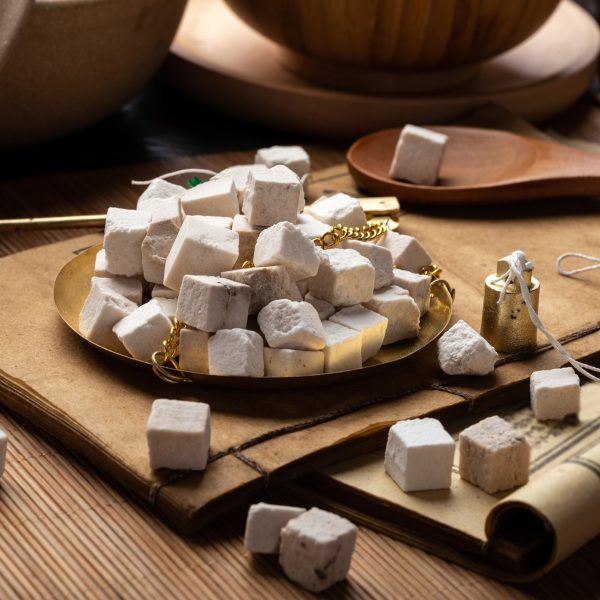
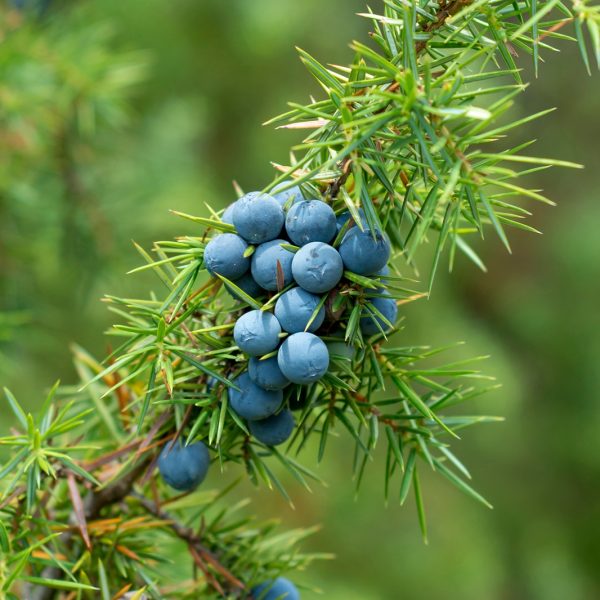












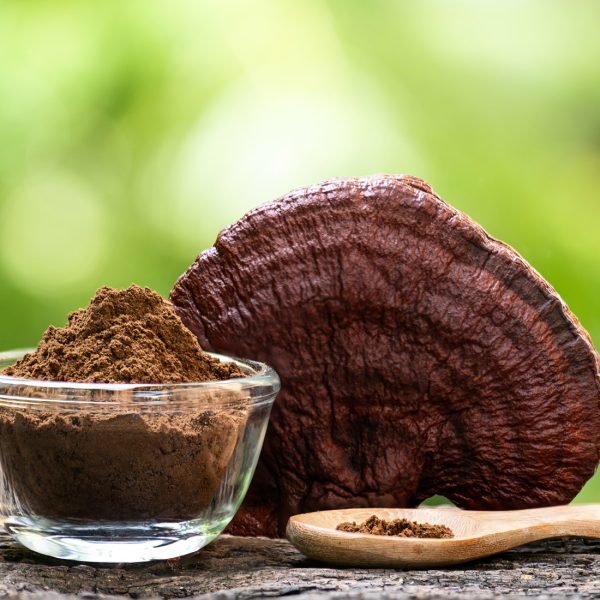

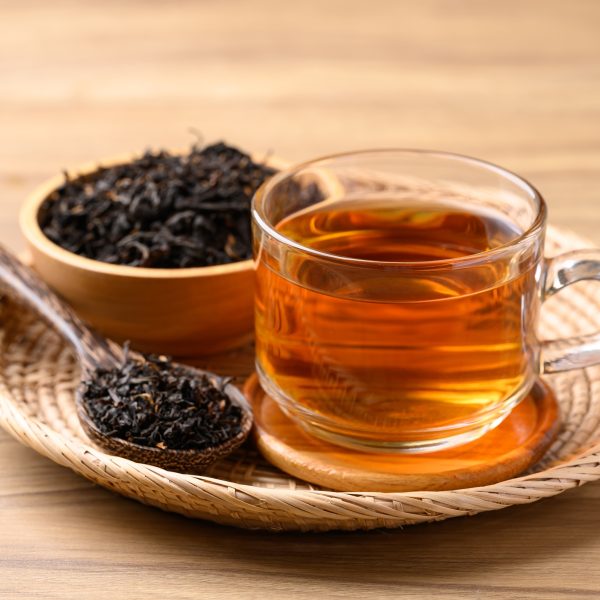
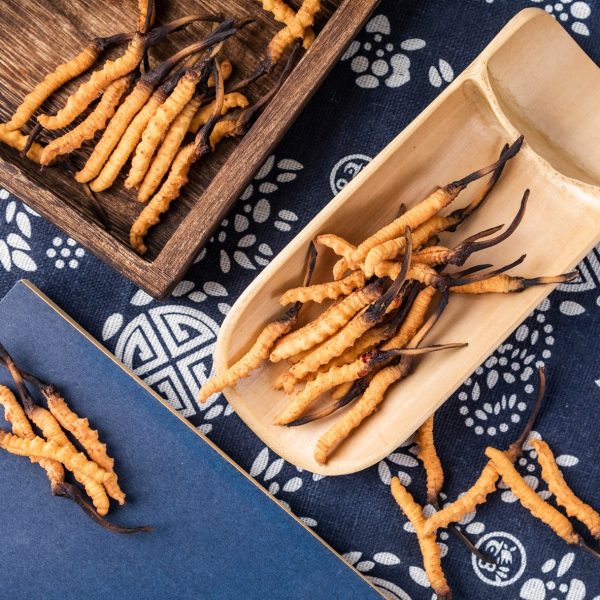










 Gentian is a primary bitter cooling herb that can be applied for a number of conditions of the digestive system.
Gentian is a primary bitter cooling herb that can be applied for a number of conditions of the digestive system. Gentian is a primary cooling bitter tonic that, like all
Gentian is a primary cooling bitter tonic that, like all  Digestive system
Digestive system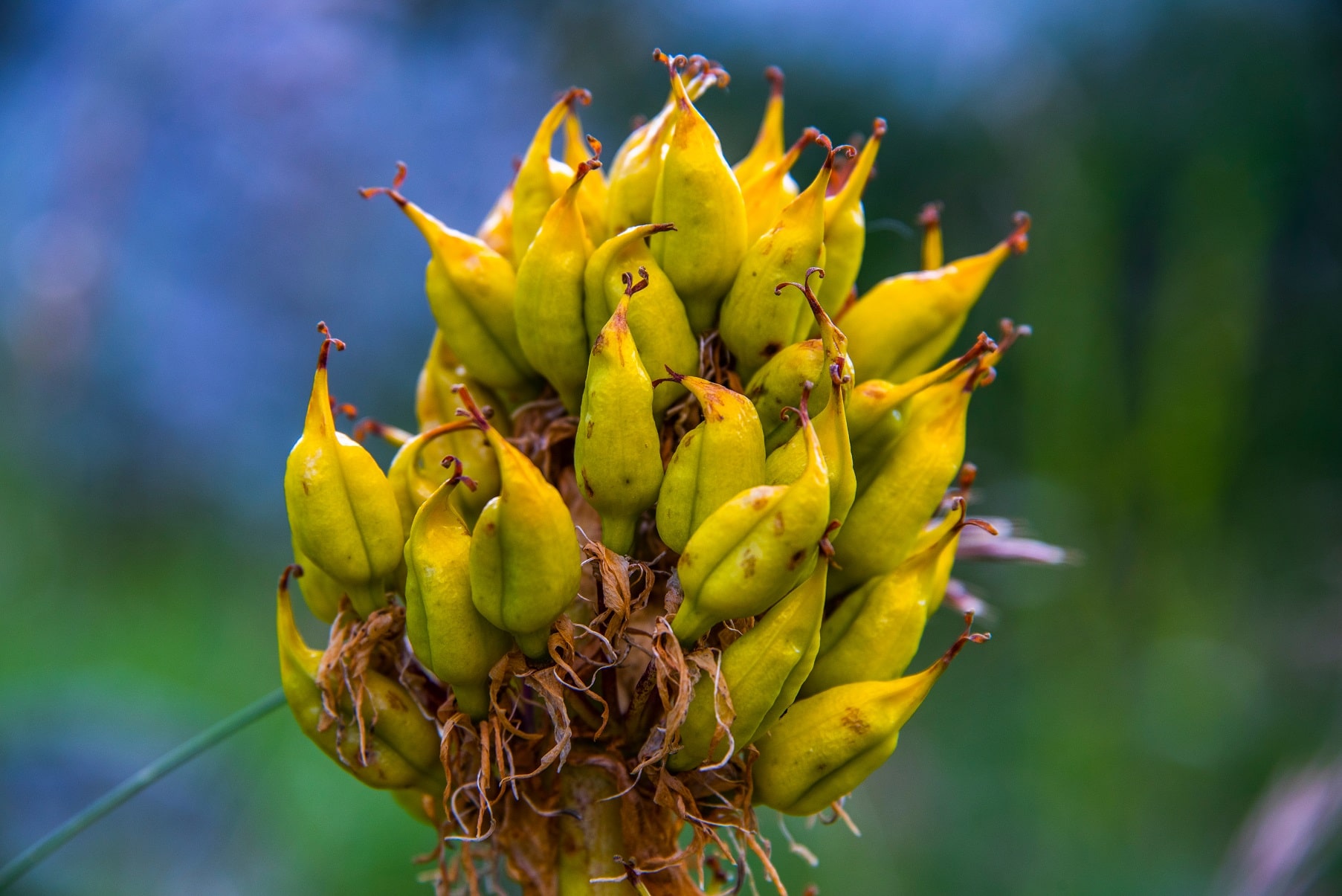 Inflammatory disease
Inflammatory disease





